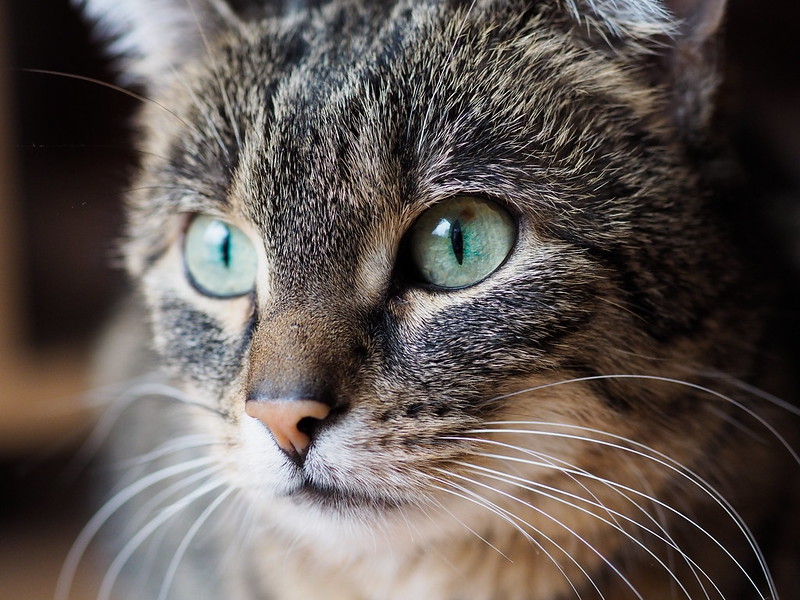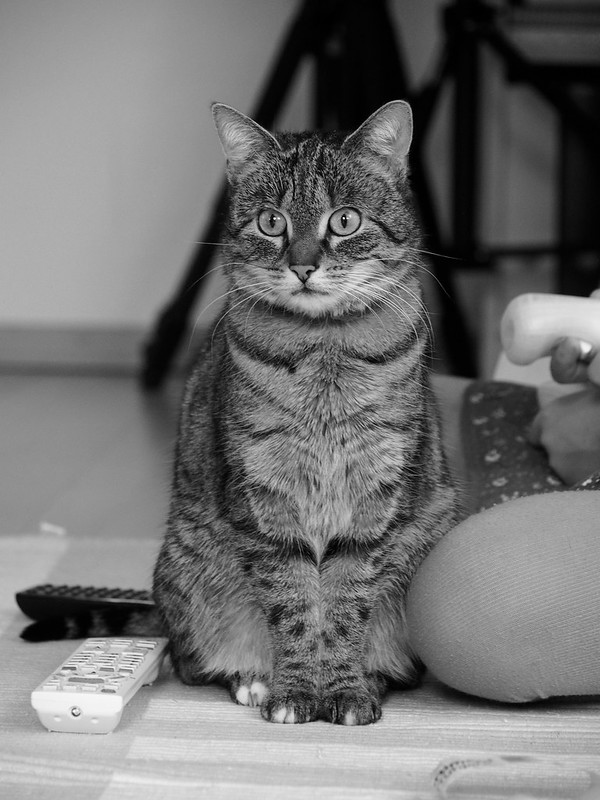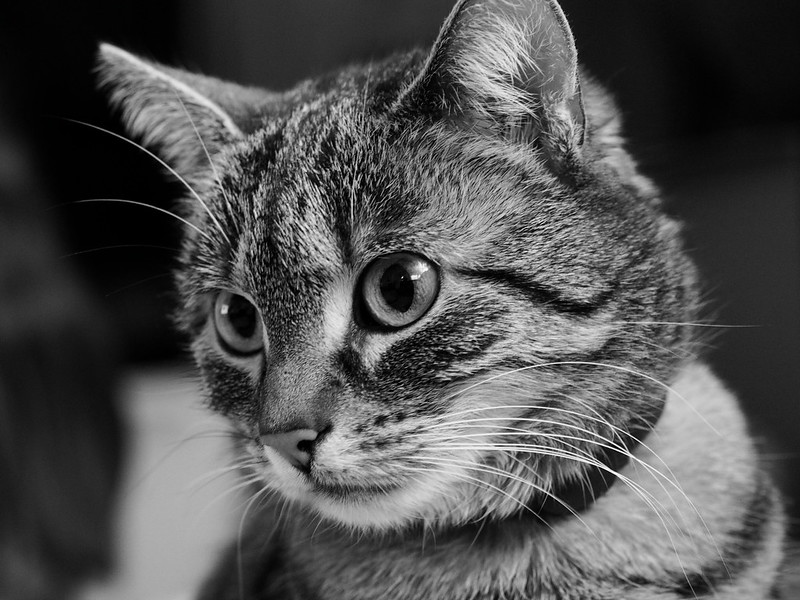I’m currently re-reading EGOR’s blog, which I can only recommend to each and every photographer out there. And doing so chronologically, I’m at the moment reading his three-part post about the Leica Monochrom, starting here.
Like Mike Johnston, he suggested something like a monochrome digital camera even before it was invented. And like both of them, I support the idea of it, but I’m with Mike in that the resulting real camera is about 20 times too expensive for me, regardless of what its current happy owners might say.
And because at the moment even a shiny new Olympus Pen-F or a surely very nice Fuji X-100T (which aren’t monochrome but which have nice emulations) are also way out of my budget (hey, we just bought some tickets to Malaysia a couple of days ago, and it was about time!), I’ll have to do with what I have. And sometimes, I really like the results, like in this collague:
Perceptions (or: how we mostly see each other)
The two pictures on the left were taken with the camera you see in the other one, so it’s both my E-M10 and my E-PL5 which share the same sensors anyway. If you want to see how these cameras translate colours into shades of grey, here’s a photo of my ColorChecker which I took yesterday:
And I took that one short before noon under a very overcast sky:
As always, minimal to none post processing on these, tho I always use Olympus Viewer 3 and RawTherapee to make jpgs out of the raw orf files – OV3 does pretty much the same what you can do in-camera as well. And RT sometimes adds only some Exif data like a title, and some tags…
It’s the photographer, not the camera(s), so get out and take some photos.
Thanks for reading.



























